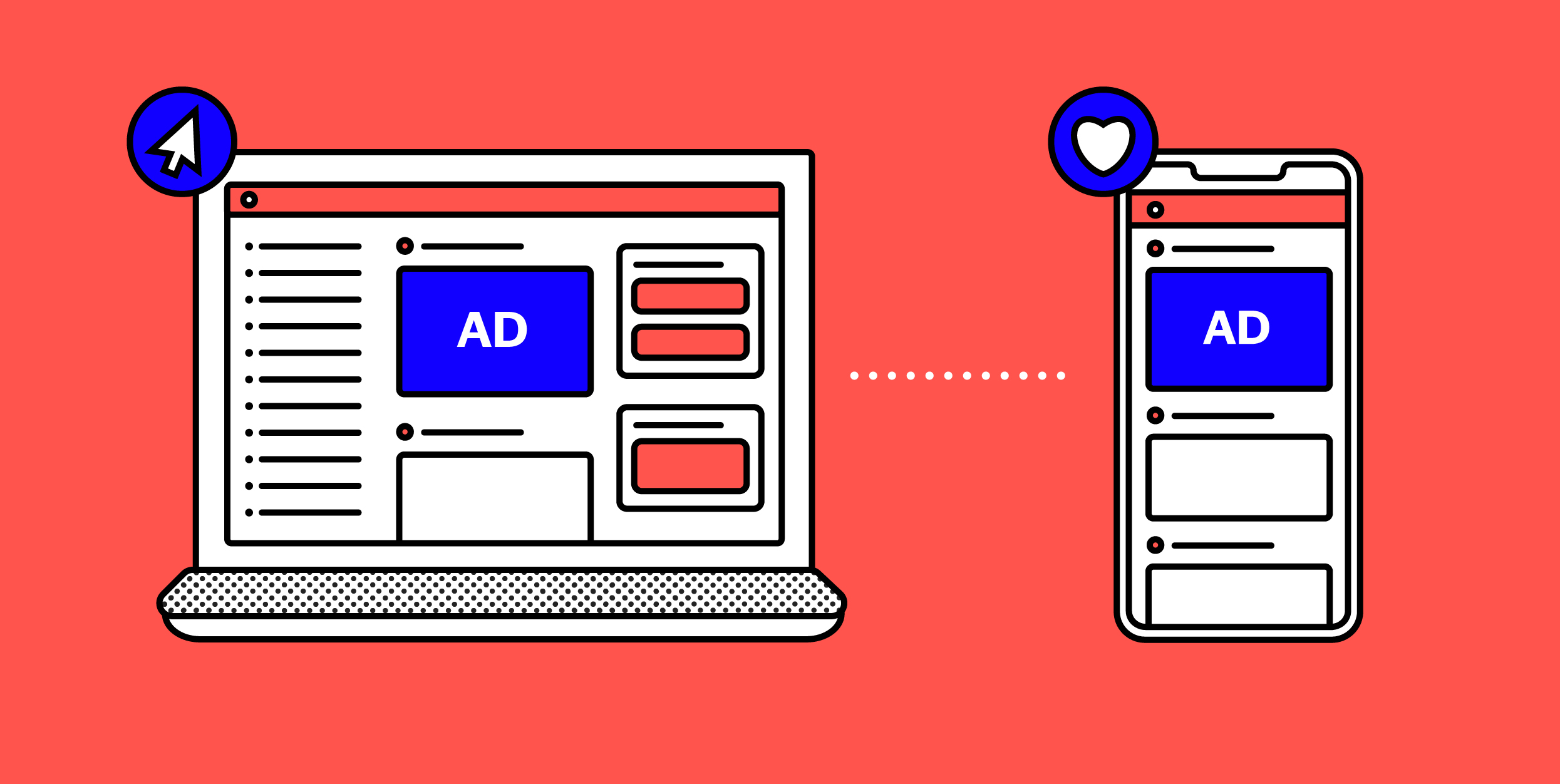Chances are, at some point you’ve abandoned an online purchase, whether you were just browsing or made it to the shopping cart. You could have been interrupted, decided you weren’t ready to buy, or simply changed your mind. In these situations, you may need a reminder to take the next step in checkout. That gentle nudge can come from retargeting an ad campaign.
If you’ve seen an advertisement for a product or service you’d previously shopped, you’ve been retargeted. You can also be shown a retargeted ad if you fit the profile of a company’s ideal customer. Love it or hate it, this form of marketing is a powerful tool businesses can utilize to increase engagement.
From retailers to service providers to publications, serving retargeted ads is an effective way to reach a qualified audience who’s already expressed interest in what you offer. We’ll walk you through how it all works and how your business can benefit from a retargeting campaign.
What Is Retargeting?
Retargeting is a digital marketing strategy that targets advertisements to users who visit a brand’s website, engage with an ad, or exhibit certain behaviors, such as searching key phrases or terms. These interested users are twice as likely to become customers than those seeing an ad for the first time, making retargeting a valuable component of an overall digital marketing strategy.
How Does Retargeting Work?
Retargeting utilizes cookie-based technology, allowing companies to place a pixel on a user’s browser when they visit certain website pages or take specific actions. For example, they could browse a particular product page or search a term like “men’s athletic shirt”. If that user then navigates to one of their retargeting publishers once a cookie is placed, they will see a relevant ad. Publishers can be anything from a search engine to a social media platform or a website with display ads. These ads help reinforce a brand’s identity and message, building loyalty and increasing conversions.
There are multiple platforms you can utilize for a Retargeting campaign. A few of the most prominent are Google Ads, Adroll, Facebook, and LinkedIn. While these platforms do most of the heavy lifting to serve retargeted ads, proper setup and ongoing optimization will help you achieve the best results.
- Proper Pixel Placement – Your ads should not be one size fits all. Determine which web pages should trigger ads, which segment you want to get in front of, and what message to convey. Distribute your pixels accordingly throughout your website.
- Find the Right Frequency – It’s possible to both underserve and overserve your ads. You want to make an impression without overwhelming your audience, so use data to determine the ideal frequency for your business.
- Optimize Creative – Create memorable, well-branded advertisements with a clear call to action, utilize A/B testing to see what generates the best response, and rotate creative so users won’t see the same ad every time.
- Choose the Right Platform – Find a platform with significant reach and build a robust campaign. Avoid working on multiple platforms with overlapping publishers as your ads could end up competing against themselves, driving up costs.
Retargeting vs. Remarketing
If you’re interested in this topic, you’ve probably heard both the terms Retargeting and Remarketing. While often used interchangeably, they are different strategies.
Retargeting uses paid advertisements to target new users based on their profile or how they engage with your site while remarketing re-engages existing customers through email nurturing.
Despite having a different audience and utilizing different tools, they share a common goal of increasing conversions among users who are likely to buy.
Because of this, both should be a part of your digital marketing strategy, ensuring you generate both new customers and repeat business.
What are the Benefits of Retargeting?
The Conversion Funnel illustrates how buyers become customers. They must move from Awareness to Interest to Desire to Action. While many advertisements target the top group, generating awareness, Retargeting focuses on leads further down the funnel. These users have already shown interest, so your retargeted ads just need to get buyers through Desire and Action, which could be purchasing, booking an appointment, subscribing, or providing contact information.
Getting these users back to your site has a significant impact on conversion. Studies have found that returning visitors convert at 4.5% compared to just 2.4% for first-time visitors. And not just because they were interested in what you offer. Retargeting enhances brand awareness, making customers feel more familiar and comfortable with your products or services. If people can identify and recall your business, they’re more likely to purchase from you than your competition.
Retargeting also gives you great control over who will see what content. You get to choose what actions trigger specific advertisements, allowing you to personalize ads in a way that accelerates buyers through the Conversion Funnel.
Once you get a buyer in your database through Retargeting, you can grow their brand loyalty through a Remarketing campaign, so you have a repeat customer and advocate.
Develop a Retargeting Strategy
Retargeting should be part of your overall digital marketing strategy. Google has found that using retargeting and other forms of advertising increases sales by 50%.
While it is possible to set up and manage your own Retargeting campaign, working with a digital ad agency can enhance your results. Through experience and expertise, an agency can optimize your Retargeting efforts while creating a cohesive user experience regardless of where that lead is in the buying funnel.
If you’re ready to implement or boost an existing Retargeting campaign, Square 205 can help. Contact us, and let’s get started on increasing brand awareness and conversions through Retargeting.

